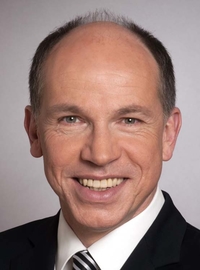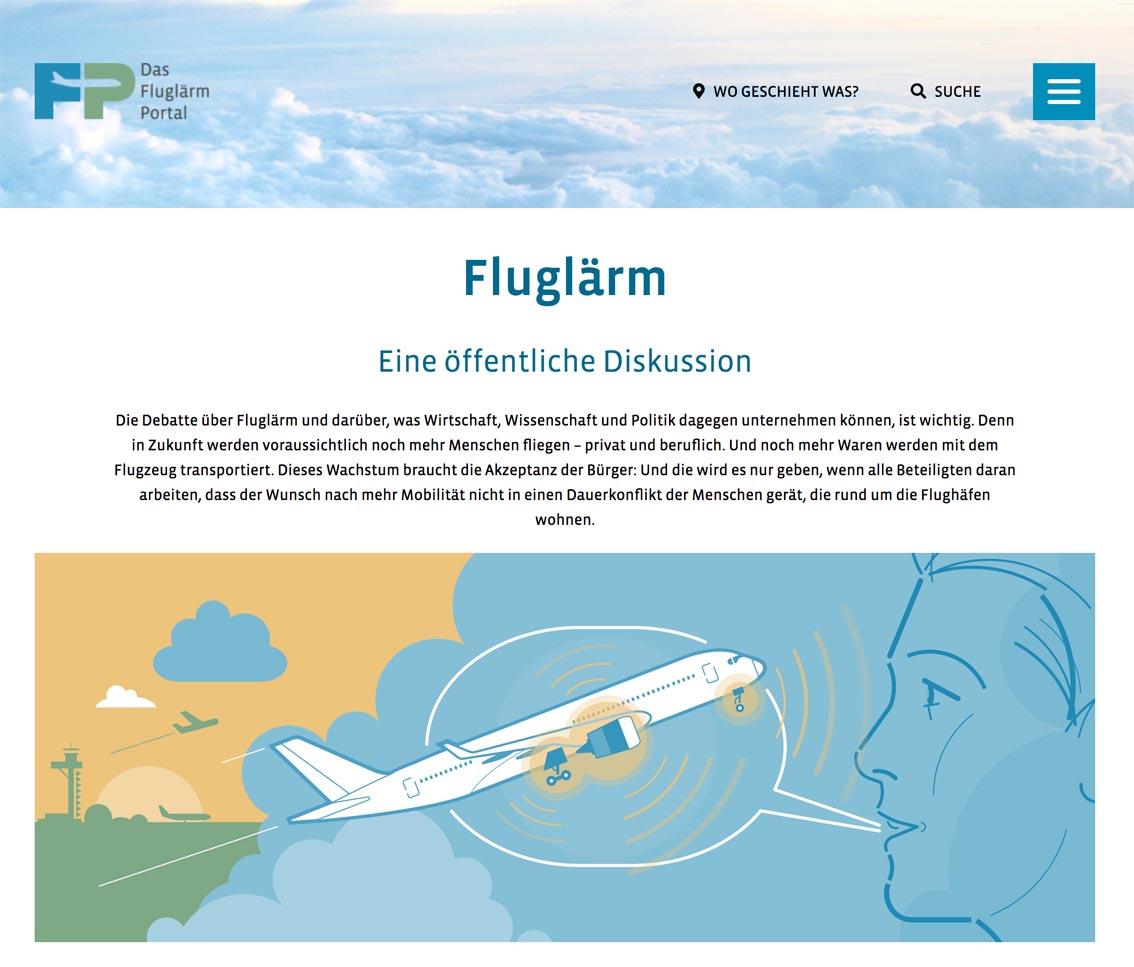Guest article
Use noise-related fees reasonable
“Noise-related charges became established in Germany as early as the 1970s. The corresponding noise-related surcharges are intended to give airlines an incentive to use aircraft that are as quiet as possible. The principle is straight-forward: the louder the model of aircraft, the higher the charges the airline has to pay. This is intended to provide some relief from aircraft noise for the residents living near airports. Our airports are worldwide pioneers in this field.

Dr. Michael Engel
CEO of the German
Airline Association (BDF)
Yet in order for this principle to continue providing an effective incentive, it is important that the schedule of charges is not overly harsh. Too high a burden in terms of noise-related charges may even have a counter-productive effect – they siphon off revenues that the airlines urgently need to be able to purchase more modern and quieter aircraft. The investment required for these is considerable. German airlines have 210 new aircraft on order – at a list price of EUR 42 billion in total. This is money that first of all needs to be earned. In addition to this, airlines have in recent years provided more than EUR 800 million to equip homes with soundproofed windows and housing units for external blinds, for example. All these investments make a contribution towards protecting people from noise and are important in maintaining good relations between all those involved in the areas around an airport.
Would a wider span of charges still be expedient?
Noise-related charges are also calculated according to the time of day and at various different altitudes. The span of charges is already considerable today. This means, for example, that the noise and time-related component of the charges levied at most airports is already twice as high at 10 pm as it is during the day. At the few airports where flights are still permitted at night, charges may be increased by a factor of 3, 4 or even 5. A further increase in this regard cannot create an effective incentive for the airlines. Firstly, because airlines need to fly an aircraft for many years before its purchase cost has been amortized, and secondly it is often the case that there are no quieter aircraft available from the manufacturers. If the noise-related charges are nevertheless increased, this will only serve to increase the fees earned by the airport operators.
Supervisory authorities needed
In my opinion, the regulatory authorities ought to give more attention to this issue and should try to ensure a balance between the interests of the various parties involved in terms of realistic demands and affordable charges. Airport operators should not be able to use noise-related charges as a tool to leverage additional income – especially because, in most cases, airlines have to bear the full costs for passive soundproofing. It is likewise critical for Germany as a center for aviation when the levying of excessive charges is misused, for example in the morning and evening hours, as means of actually placing restrictions on operations.”
Persons affected by noise according to mode of transport

Results of noise mapping carried out by the Federal Environment Agency
Source: Federal Environment Agency 2018; basis: *continuous noise level of more than 55 dB(A), ** continuous noise level of more than 50 dB(A)

Dr. Michael Engel
CEO of the German
Airline Association (BDF)
Further content on the topic
Website
Fluglärmportal
The German Aviation Association (BDL) has provided comprehensive background data and current information on the subject of aircraft noise on www.fluglärm-portal.de

BDF-Airmail
Significant success in noise protection
In May 2019, the Federal Association of German Airlines (BDF) published a double-page spread on the topic of noise protection – and summarised the key data and figures.
